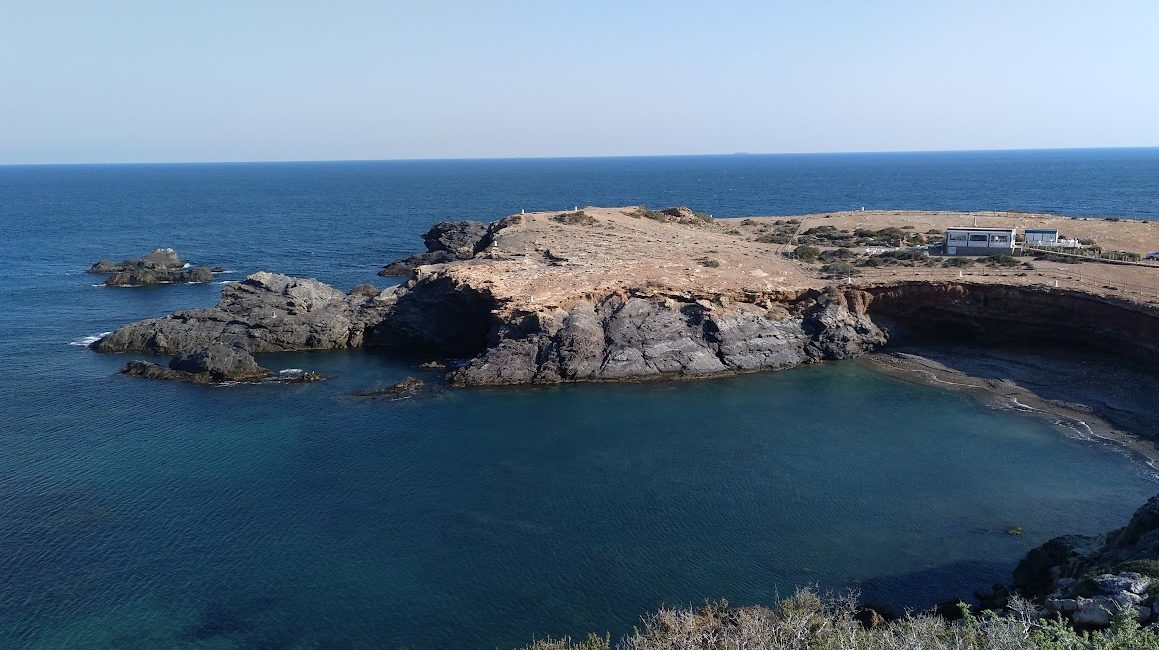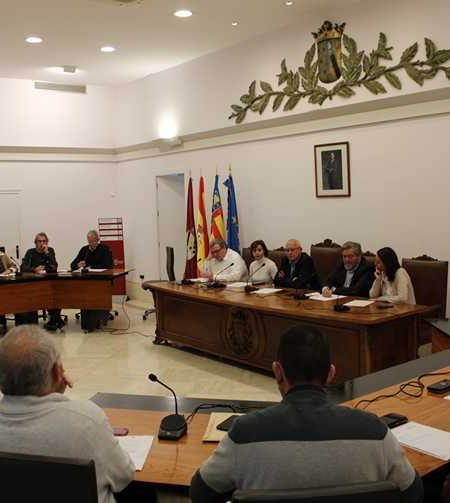On Tuesday, July 29th, a Navy member discovered what appeared to be a naval signal flare while hiking in the Calblanque Natural Park, precisely in Cala Dorada in Cartagena. Consequently, the area was evacuated in order to neutralise the flare.
The Explosive Ordnance Disposal Team (EDE) from the Mine Countermeasures Diving Unit (UBMCM) was dispatched by the Maritime Action Operations and Surveillance Centre (Covam) the following day, following notification of the potential discovery.
The EDE affirmed that the flare was an MK-25 Model 3 naval signalling flare after an initial investigation. The flare appeared to be operational, but it likely still contained a small amount of its incendiary-smoke agent (white phosphorus).
Consequently, the neutralisation of the device at Cala Dorada’s shore was facilitated by the Civil Guard patrol from Cabo de Palos that had been dispatched to the location.
During the operation, medical coverage was provided by an ambulance from Murcia Region 061. The EDE (Emergency Emergency Service) conducted a controlled detonation on-site to open the flare container and destroy the remaining white phosphorus contents.
The matchstick is deemed to have burned completely and is safe for transportation after a reasonable quantity of time has elapsed. The device’s remnants were collected and deposited at the Ubmcm recycling centre.
What is white phosphorus?
According to Navy sources, white phosphorus is a highly hazardous incendiary-smoke agent that ignites upon contact with air, despite not being a high explosive.
The combustion reaction of white phosphorus continues until it is entirely consumed. The reaction may be temporarily suspended if it is submerged in water or buried; however, it will resume as soon as it is exposed to oxygen again.
Consequently, contact with the skin causes severe burns, and in the environment, it can create flames that are challenging to extinguish. In the event that you encounter devices of this nature, promptly notify the COVAM/FCSE (National Fire Protection Agency) and refrain from touching or moving them under any circumstances. They are exclusively managed by personnel who have received special training.
The exclusive authority to execute this type of task is held by the Ubmcm, which is a component of the Mine Countermeasures Force (FMCM), as well as the remaining Diving Units (UU BB) in the various geographical regions of the Navy.
It is responsible for the detection, identification, and neutralisation of explosive devices at sea with the assistance of specialised personnel in deactivation (EOD) on both land and water.









No Comment! Be the first one.